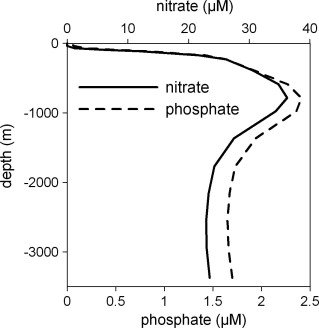I also don't see much compelling for the idea that you can grow algae in one part of the system to limit algae in another part of the system.
HaHa…this whole time I thought you were Ben J. When I saw all the Tubastraea in your tank I realized it was you. Now I have a face with the name.
Anyway, have you seen this video.? Seems to be good example of outcompeting GHA, but it’s hard to believe that a smaller refugium outcompeted that whole scape. Maybe it was really dense. I have seen others outcompete turf algae with algae scrubbers which as you know are typically a lot more aggressive. It literally starts pealing off the rocks once it’s dead. You need to watch the video below to the end to see how crazy the algae comes off the rocks. Something definitely killed it or outcompeted it.




















